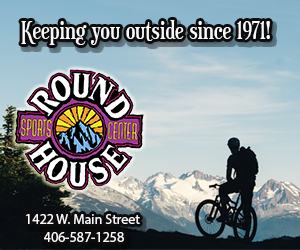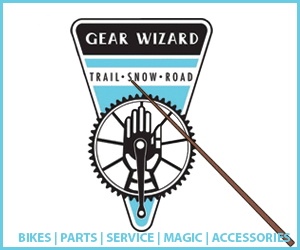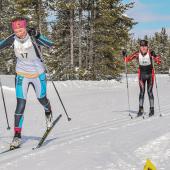Flat-Footed
Preventing overpronation.
In my 23 years as a chiropractor, I’ve seen countless patients this time of year who complain of foot, knee, hip, and back pain. Be it hikers logging trail miles or hunters traversing uneven terrain, they often suffer from the same problem: overpronation of the foot.
Overpronation is when the foot tilts too far inward. A normal foot’s medial arch is supported by the plantar fascia, a broad band of connective tissue that runs from the calcaneus (heel bone) to the metatarsal heads (bottom of toes). As the foot strikes the ground, a normal arch and neutral foot absorb shock. An abnormal foot—such as one with weak or injured plantar fascia—does not properly support the arch, which invariably leads to overpronation of the foot and a tilting inward of the ankle. It’s not an uncommon condition, but when left untreated, it can lead to pain and injury, often derailing what would otherwise be a great fall season of traveling the mountains and forests of southwest Montana.
Injuries
Overpronation can lead to several injuries. One of the most common is plantar fasciitis; a painful condition caused by overstretched plantar fascia—as the ankle tilts, the tissue can be stretched beyond its normal range. Another injury is damage to the ankle, with the inward tilt causing increased internal rotation of the tibia (shinbone), which in turn causes ankle pain. The knee may be affected, too, with additional stress to the joint’s medial compartment causing pain. As the imbalance continues up the body, it can lead to internal torsion of the femur and movement of the hip. This often results in hip-flexor strains, lateral hip pain, and mechanical low-back pain.
Assessment
If you’re an overpronator, you may notice abnormal wear to your shoe. Although many hiking or sports shoes are reinforced medially to prevent the shoe from breaking down, without support inside the shoe, your foot may still be overpronating. Try standing in front of a full-length mirror barefoot, looking for a low arch and ankle tilt. Often, you can actually see the knee rotating in and your hip rotated forward. Have a friend watch as you walk away—if one foot tilts inward more than the other, or if they both tilt more than normal, you may be overpronating.
Treatment
There are several treatments for overpronation, but one easy way to reduce pain and injury is with the use of orthotics, which are special inserts placed in the footbed of an overpronator’s shoe. The orthotic helps support the arch, stabilize the foot and ankle, and provide shock absorption, all of which decrease stress on the knees, hips, and low back. There’s no shortage of orthotics on the market, but I’ve found the best results with customizable models that are made in several forms for various types of activities—this allows you to choose the best orthotic for your specific needs. Treatment should also involve exercises for stretching the arch and calf. At our clinic, we always add hip-strengthening exercises. With correct biomechanics, when you take a step, your hip and buttocks should place your foot on the ground; thus, adding exercises that help your gait will also help your foot.
If you’re experiencing pain in your foot, knee, hip, or back, visit your doctor or therapist and get checked out for overpronation, before it leads to a debilitating injury. A simple orthotic may make the difference between a fine season afield and one spent on the couch.
Dan Satchell, D.C. owns Spine & Sports Chiropractic in Belgrade. For more information on orthotics, or for help evaluating overpronation, call 388-1446. Check them out online at spine-sportschiro.com.











